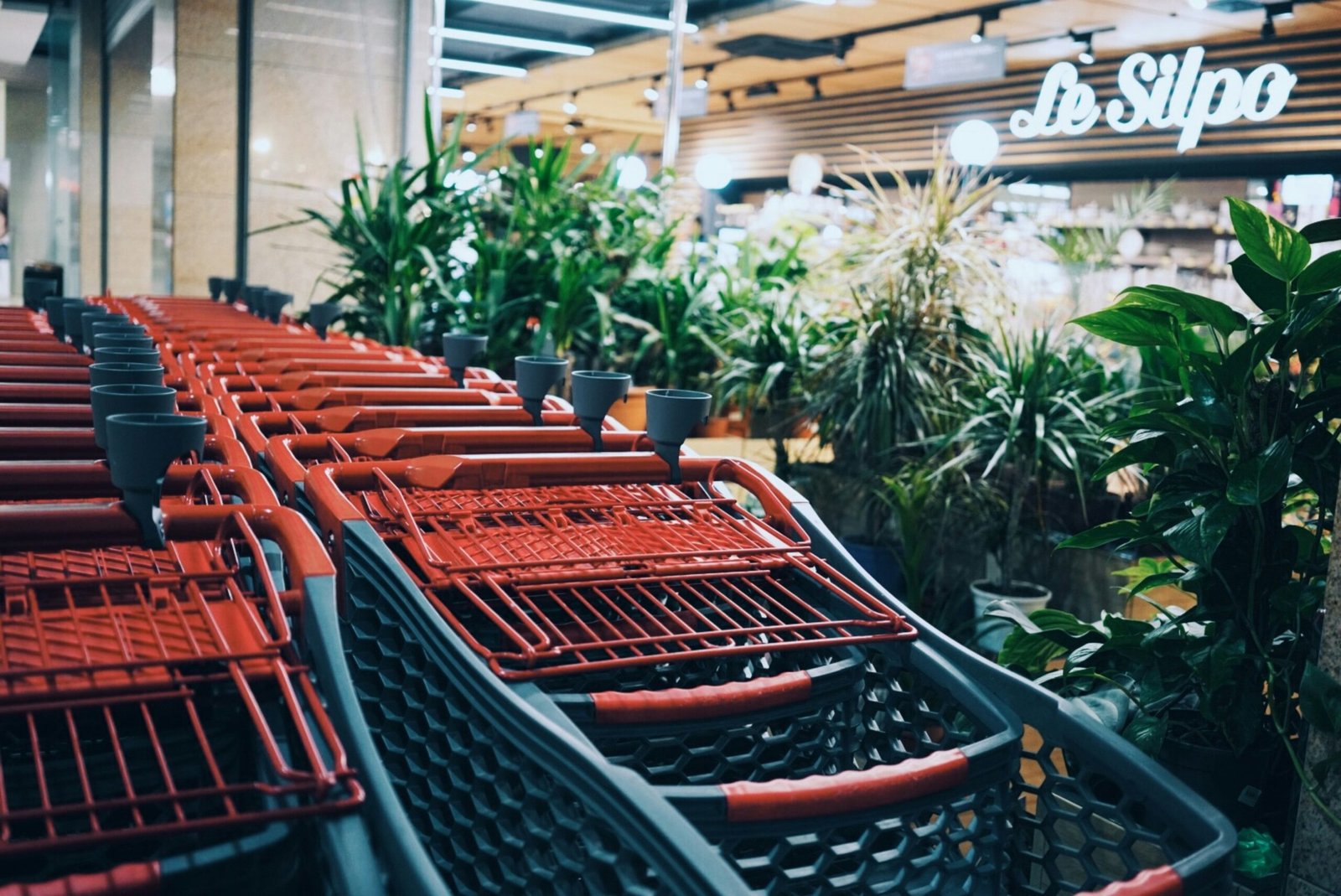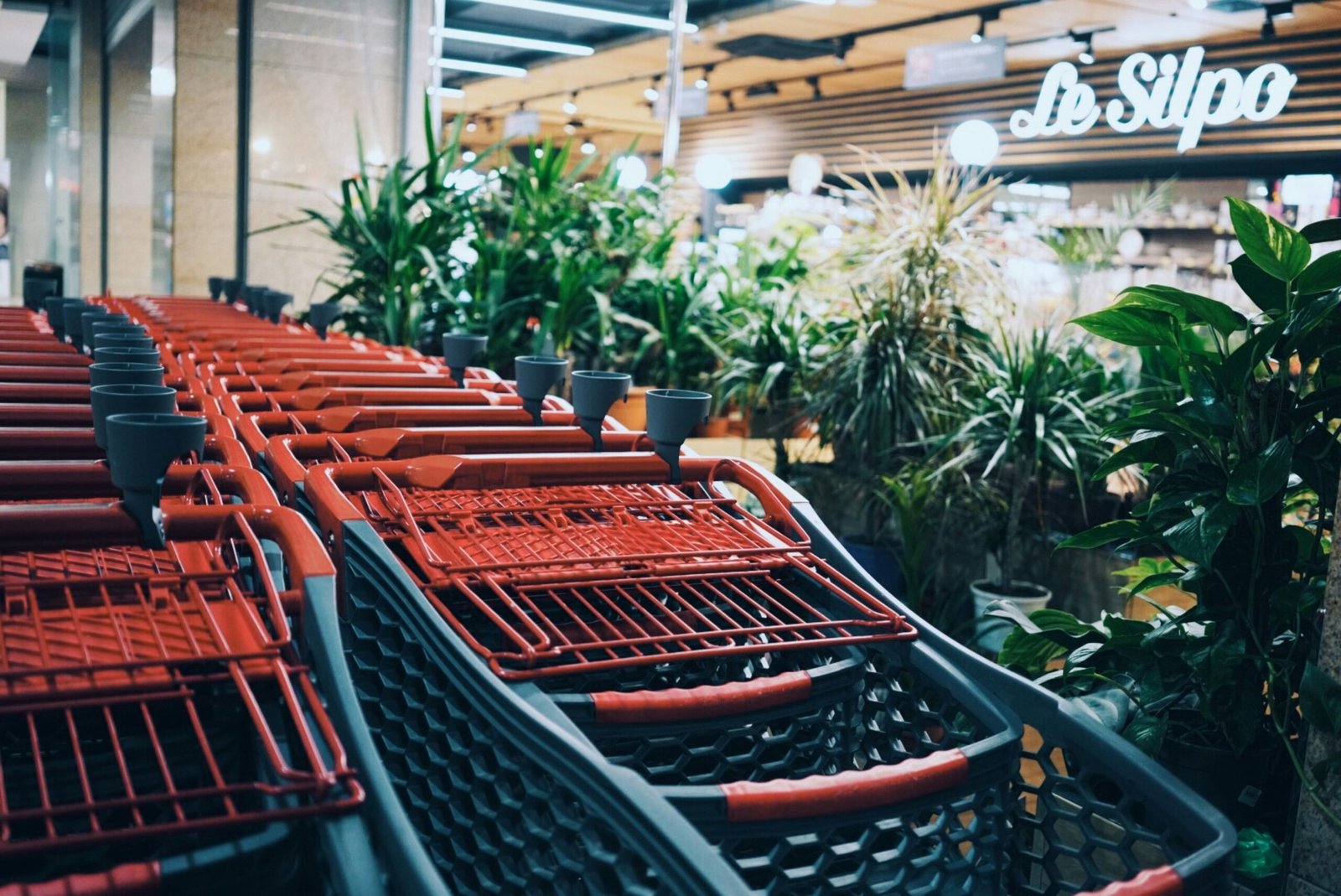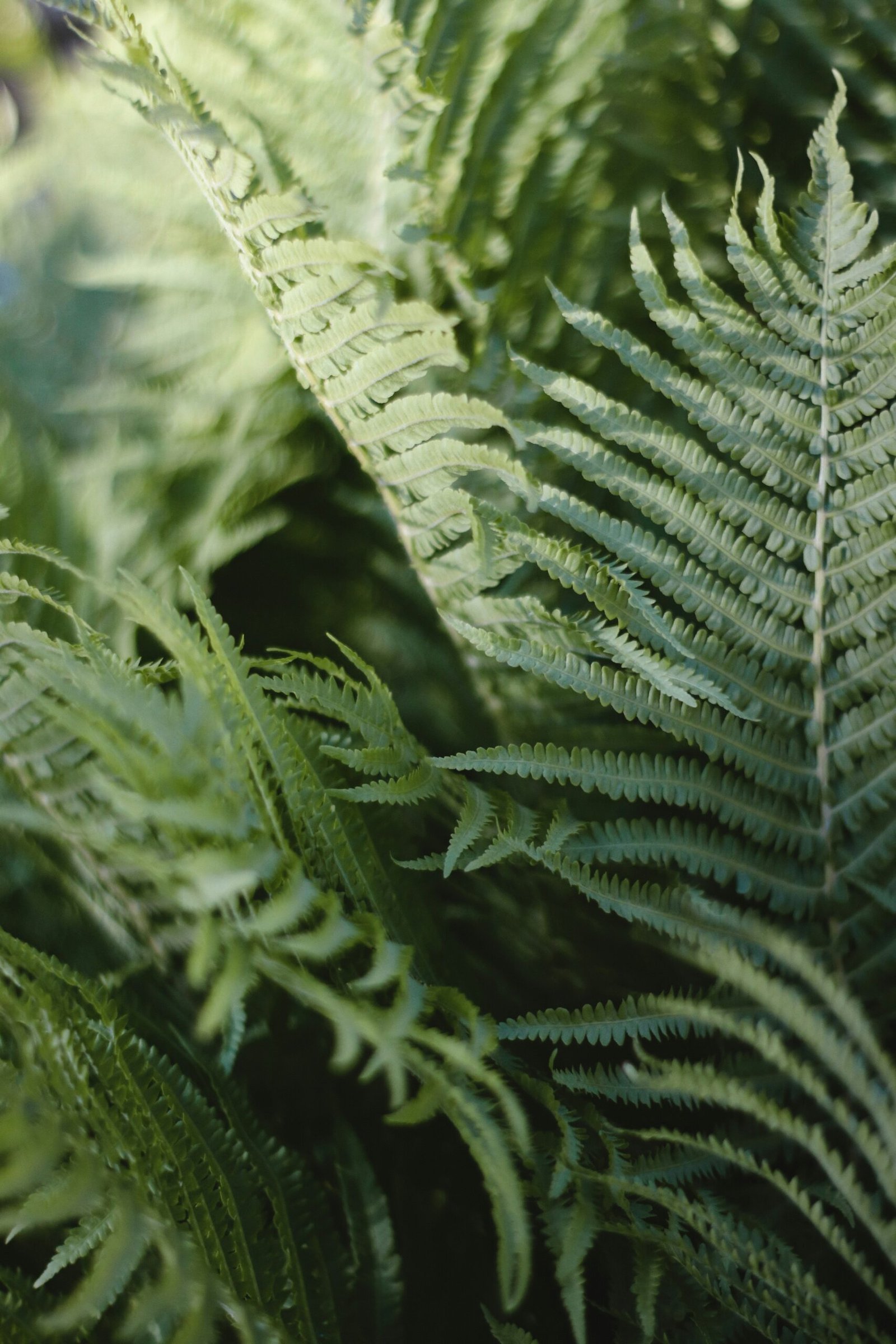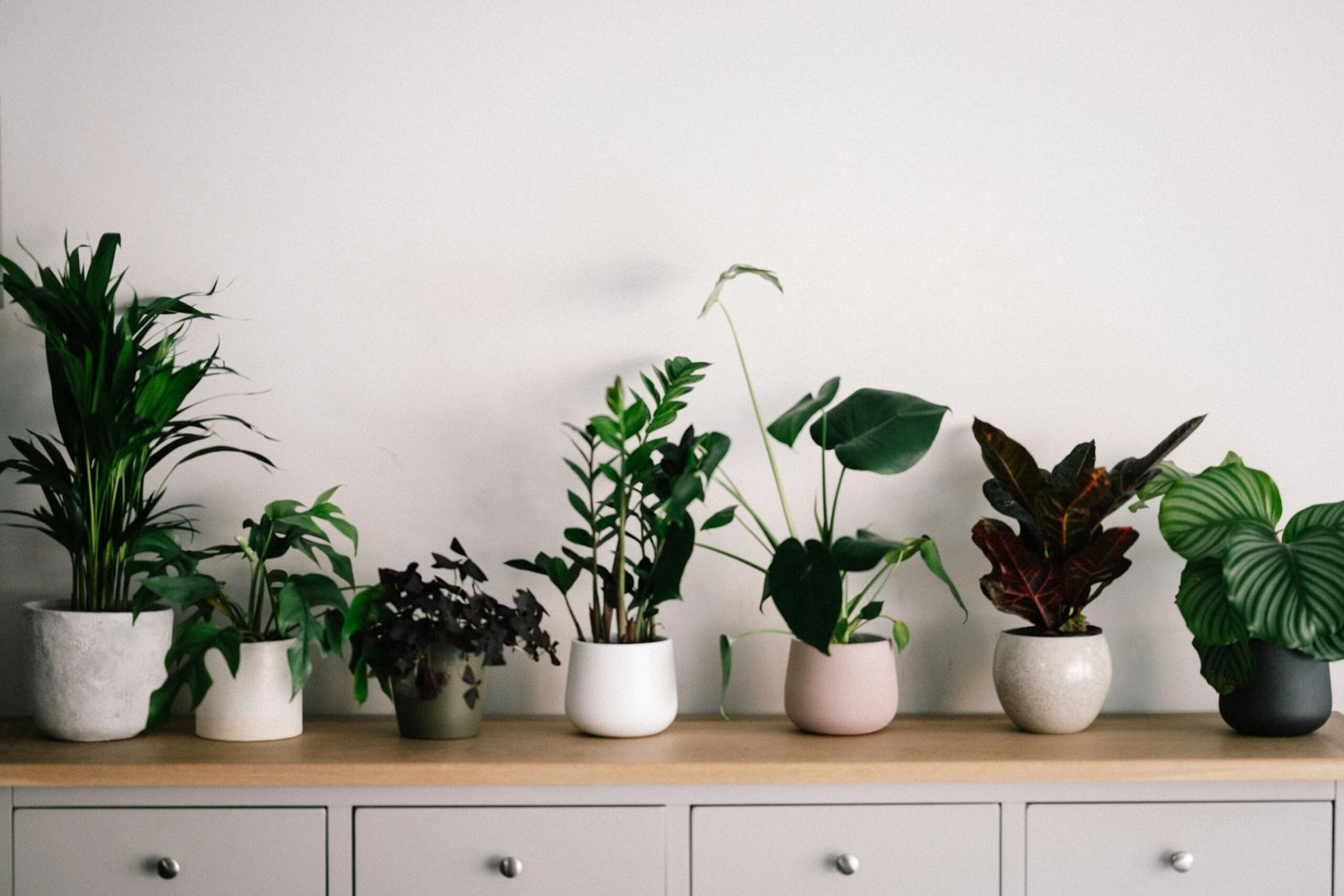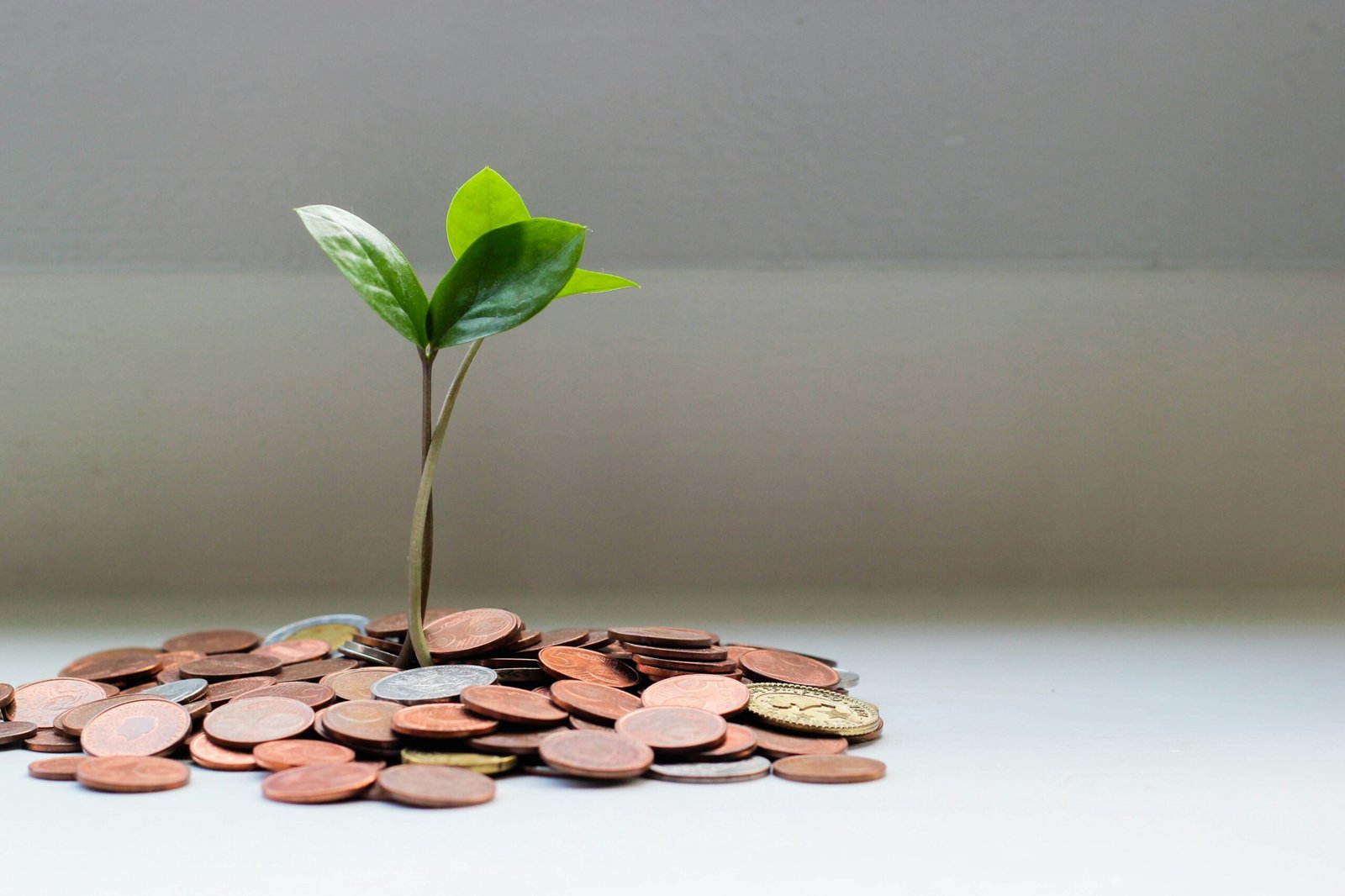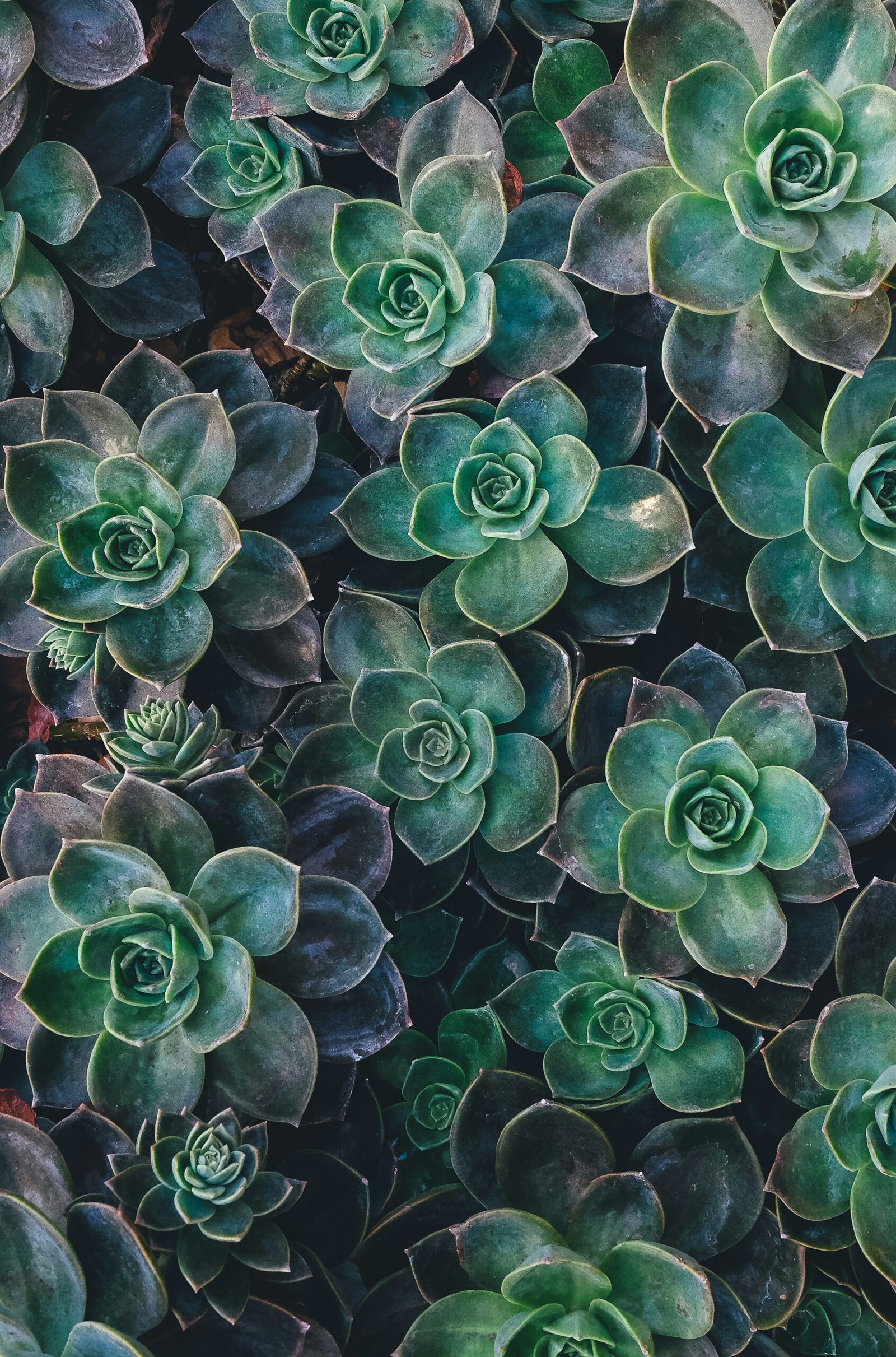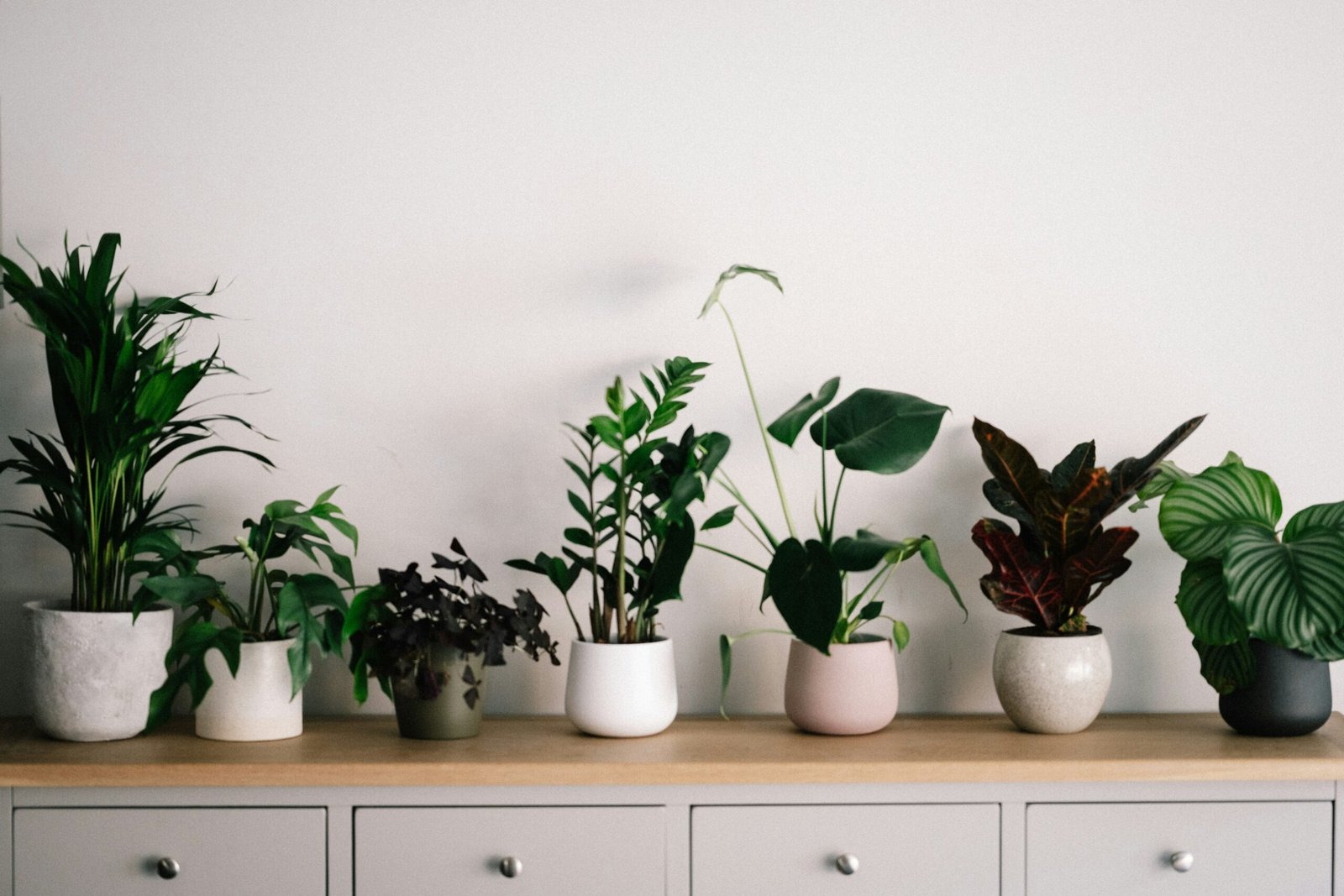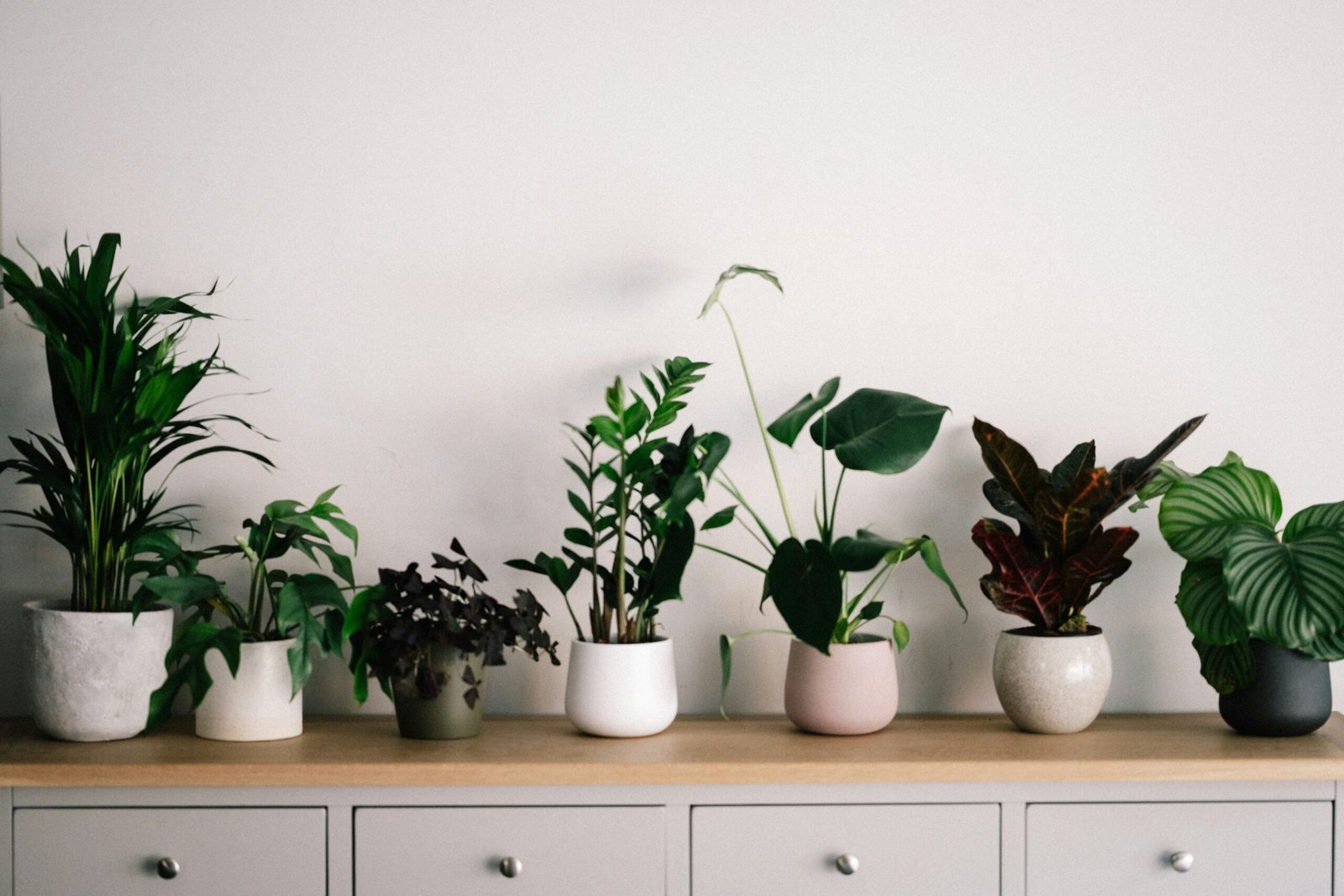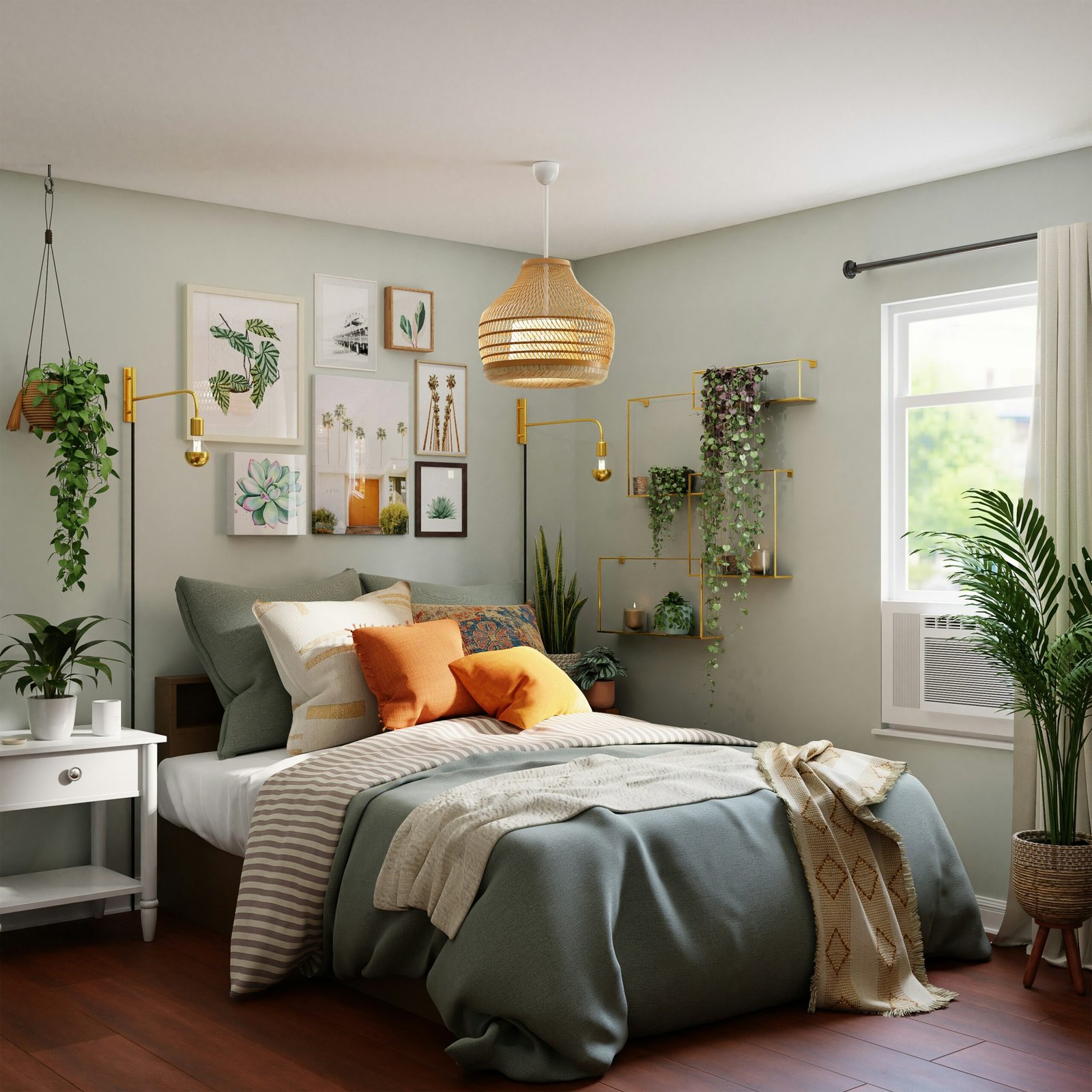Table of Contents
- 1 Introduction to Indoor Gardening in Cold Climates
- 2 Understanding Temperature and Humidity Needs
- 3 Top Cold-Hardy Indoor Plants
- 4 Choosing the Right Potting Mix for Cold Survival
- 5 Light Requirements for Indoor Plants in Cold Weather
- 6 Watering Practices for Plants in Cold Conditions
- 7 Common Pests and Diseases in Cold Conditions
- 8 Creating a Cozy Environment for Your Indoor Plants
- 9 Conclusion: Embracing Indoor Gardening in Winter
Introduction to Indoor Gardening in Cold Climates
Indoor gardening has gained popularity as a refreshing way to incorporate greenery into living spaces, particularly for those residing in colder climates. The practice not only adds aesthetic value but also enhances air quality and promotes well-being. However, indoor gardeners in these regions face unique challenges due to frigid temperatures outside. When considering which plants to introduce into a home, it is essential to focus on species that can thrive indoors while withstand the cold.
The selection of indoor plants is crucial for gardeners living in cooler climates. Many outdoor plants simply cannot survive in low temperatures and may require special care or conditions, which can be challenging to maintain. Instead, opting for the best indoor plants that survive cold allows enthusiasts to cultivate a vibrant indoor garden without the constant worry of temperature drops damaging their green companions. These hardier varieties are adapted to thrive in the lower temperatures typical of indoor environments during winter months.
Moreover, indoor gardening serves as an opportunity to bring a piece of nature into homes when it is most needed. The activity can foster a sense of tranquility and connection to the environment, particularly during the long, harsh winters. As individuals select the correct plants, they will not only enhance their homes visually but also create a microclimate that can contribute to a positive emotional state. Understanding the needs of various plants and the environment they require to thrive is key to successful indoor gardening. For those facing the challenges posed by colder climates, discovering the best indoor plants that survive cold temperatures provides a way to enjoy gardening year-round.
Understanding Temperature and Humidity Needs
When considering the best indoor plants that survive cold conditions, it is essential to understand their temperature and humidity requirements. Indoor plants have varying preferences for temperature and humidity, which significantly influence their overall health and growth. Generally, most indoor plants thrive in temperatures ranging from 65°F to 75°F (18°C to 24°C). However, specific species may have unique needs that could fall outside this range. For instance, plants such as the Peace Lily can tolerate lower temperatures down to 45°F (7°C), making them suitable for colder indoor environments.
Humidity levels also play a crucial role in the viability of indoor plants. Many indoor plants prefer humidity levels between 40% to 60%. However, during colder months, indoor heating systems can dry the air, leading to conditions that might be detrimental to plant health. As a result, it is advisable to monitor humidity levels regularly, employing a hygrometer for precise readings. To maintain optimal humidity, consider using humidifiers, grouping plants together, or placing water trays filled with pebbles underneath pots to enhance moisture in the surrounding air.
In indoor settings, temperature fluctuations can occur due to drafts from windows or doors, heat from appliances, or direct exposure to sunlight. Such conditions are crucial to monitor, especially for cold-tolerant plants, as rapid changes can lead to stress or damage. Creating a stable environment can be achieved by strategically placing plants away from cold drafts and ensuring their proximity to heating sources is controlled. Understanding and maintaining the proper temperature and humidity levels will significantly contribute to the thriving of indoor plants during colder months, reinforcing the selection of the best indoor plants that survive cold environments.
Top Cold-Hardy Indoor Plants
For those seeking to enhance their living spaces with greenery, investing in the best indoor plants that survive cold temperatures can be a practical option. These resilient plants not only add aesthetic value but also possess a remarkable ability to thrive in lower indoor temperatures. Below is a curated list of cold-hardy indoor plants that are well-suited for chilly environments.
Pothos is a popular choice among indoor plant enthusiasts due to its adaptability. This vine can tolerate temperatures as low as 50°F (10°C). Pothos thrives in varied light conditions, although it flourishes best in indirect sunlight. Regular watering is essential, ensuring the soil remains moist but not soggy. To maintain its vibrant leaves, occasional pruning might be necessary.
Snake Plant (Sansevieria) is notable for its ability to withstand neglect and poor conditions, making it one of the best indoor plants that survive cold. It prefers temperatures between 60°F to 80°F (15°C to 27°C) but can endure colder conditions, especially indoors. This plant requires infrequent watering, as it is susceptible to root rot when overwatered. Its upright leaves also help in improving indoor air quality.
ZZ Plant (Zamioculcas zamiifolia) is recognized for its glossy leaves and low maintenance needs. This hardy plant can survive in temperatures as low as 45°F (7°C) and requires minimal light, making it ideal for dimly lit rooms. ZZ Plant thrives in well-draining soil and benefits from infrequent watering, as it retains moisture in its tubers. Along with its resilience, it is also highly valued for its purifying properties.
In conclusion, selecting plants that can withstand cold temperatures is crucial for maintaining a vibrant indoor garden during the cooler months. By choosing hardy varieties such as Pothos, Snake Plants, and ZZ Plants, one can enjoy lush greenery without the fear of damage from colder conditions. Proper care tailored to each plant’s specific needs will ensure they thrive, adding beauty and freshness to indoor spaces.
Choosing the Right Potting Mix for Cold Survival
When it comes to cultivating the best indoor plants that survive cold conditions, the choice of potting mix plays a pivotal role in ensuring their longevity and health. Cold-hardy plants are particularly sensitive to moisture levels, which can be adversely affected by an unsuitable potting mix. A well-balanced potting mix not only supports moisture retention but also facilitates adequate drainage and aeration, which is crucial for promoting root health during the colder months.
The ideal potting mix for plants that thrive in cooler climates should contain a blend of materials that enhances the growing environment. A mix of organic materials, such as peat moss or coconut coir, is effective for moisture retention. These components help maintain the necessary humidity levels that cold-surviving indoor plants need without suffocating their roots. Additionally, incorporating perlite or pumice into the mix will improve drainage, preventing excess water from accumulating around the roots, which can lead to root rot—one of the most common issues for indoor plants during winter.
Furthermore, the addition of compost can provide essential nutrients, encouraging healthy growth and resilience in cold temperatures. A light, fluffy mix allows air to circulate freely around the roots, thus promoting a vigorous growth habit in frost-tolerant plants. Selecting a potting mix that is specifically designed for the unique needs of cold-hardy plants will enhance their capability to adapt to varying indoor temperatures and maintain adequate moisture levels.
In summary, choosing the right potting mix is a fundamental step in successfully growing indoor plants that can withstand cold. A carefully curated blend that emphasizes drainage, aeration, and moisture retention will create an optimal environment for your plants to thrive during the colder seasons.
Light Requirements for Indoor Plants in Cold Weather
When discussing the best indoor plants that survive cold conditions, understanding their light requirements becomes crucial, especially during winter months. As daylight hours diminish and natural light becomes scarce, indoor plants are particularly vulnerable to inadequate light exposure. This can hinder their growth and vitality, even if they are well-suited to withstand colder temperatures.
To optimize the light available to indoor plants during the colder seasons, it is vital to evaluate their placement within your home. Positioning plants near south-facing windows can generally provide the most light exposure, as these areas receive the most sunlight throughout the day. If south-facing windows are not an option, east-facing windows can also serve as suitable locations, offering good morning sunlight which can be beneficial. It is essential to consider not only the direction of the light but also the presence of any obstructions such as furniture or curtains, which may block sunlight.
For those indoor plants that thrive in low light, it is still beneficial to monitor their light exposure. Shifting them to brighter spots can enhance their overall health and capacity to endure cold temperatures. Furthermore, employing supplemental lighting methods, such as grow lights, can significantly benefit indoor plants in winter. These artificial light sources can effectively substitute for missing natural light, ensuring that plants receive the required energy for photosynthesis and growth.
By adequately addressing the light requirements of your indoor plants during cold weather, you can enhance their chances of survival and maintain a vibrant indoor environment, even amidst the chill of winter. With careful attention to positioning and possibly incorporating supplemental lighting, you can ensure that your best indoor plants that survive cold continue to thrive and flourish.
Watering Practices for Plants in Cold Conditions
Proper watering practices are critical for maintaining the health of indoor plants that survive cold temperatures. During colder months, the growth rates of these plants significantly decrease, primarily due to the reduced light availability and lower temperatures. When the temperature drops, water absorption slows down as biological processes within the plants become less active. As a result, it is essential to adjust your watering schedules accordingly to prevent issues related to both overwatering and underwatering.
Overwatering is a common mistake many indoor gardeners make during winter. When plants are watered too frequently in colder conditions, the excess moisture can lead to root rot and other detrimental fungal infections. Signs of overwatering include yellowing leaves, wilting, and a musty smell coming from the soil. On the other hand, underwatering can also be detrimental. Although indoor plants that survive cold generally require less water, neglecting their needs can result in dry, crispy leaves and reduced overall vitality.
To optimize your watering practices, regularly check the moisture level of the soil. A good rule of thumb is to allow the top inch of soil to dry out before watering again. This practice helps maintain a healthy balance between dryness and moisture, promoting robust growth. Using pots with drainage holes is advisable, as this helps excess water escape, preventing root issues. Additionally, consider placing a humidity tray or using a humidifier nearby, as indoor air can become excessively dry during winter heating months. By fine-tuning your watering approach based on the indoor environment and monitoring plant responses, you can ensure that your best indoor plants that survive cold thrive throughout the season.
Common Pests and Diseases in Cold Conditions
Indoor plants, even those categorized among the best indoor plants that survive cold, can face numerous challenges during the colder months. Lower temperatures can induce cold stress in these plants, making them more vulnerable to infestations and diseases. This stress often weakens their natural defenses, allowing pests and diseases to thrive. As temperatures drop, it becomes crucial to monitor your plants closely for signs of distress.
Among the most common pests that affect indoor plants during colder periods are aphids, spider mites, and mealybugs. Aphids, small sap-sucking insects, can often be found in clusters on new growth. Their presence may lead to curling leaves and stunted growth. Spider mites, which are technically arachnids, can be particularly problematic in dry conditions often associated with indoor heating. They can cause a stippled appearance on leaves along with webbing. Lastly, mealybugs resemble small, white cotton clusters and excrete a sticky substance that can attract soot-covered fungi.
Diseases such as root rot and powdery mildew can also become more prevalent during cold weather. Root rot is often caused by overwatering, which is exacerbated by lower temperatures that inhibit soil drying. To manage this issue, it is essential to ensure that pots have adequate drainage and that watering practices are adjusted to accommodate the season. On the other hand, powdery mildew thrives in humid conditions, often presenting as a fine white coating on leaves. Regular air circulation can help prevent this disease, along with the careful application of fungicides if infections become severe.
Effective management strategies involve both natural and chemical control methods. Introducing beneficial insects, such as ladybugs, can help keep pest populations in check. For those who prefer chemical solutions, insecticidal soaps and targeted pesticides can be applied according to package instructions. By staying vigilant and utilizing these strategies, indoor gardeners can ensure that their favorite plants endure the cold months without succumbing to pests and diseases.
Creating a Cozy Environment for Your Indoor Plants
Maintaining a suitable environment for indoor plants during cold spells is essential for their health and longevity. One effective strategy to ensure that the best indoor plants that survive cold conditions thrive is to employ heat mats. Heat mats can provide a gentle warmth, encouraging healthy root growth and helping plants adapt to cooler temperatures. Placing delicate seedlings or tropical plants on heat mats can significantly boost their growing conditions, especially during winter months.
Another practical approach is to group your plants together. When plants are clustered, they create a microenvironment, generating a bit of warmth and humidity. This strategy is particularly beneficial for species that thrive in warmer temperatures, as the collective heat can help sustain their wellbeing. It also simplifies care routines since all grouped plants can be monitored and nurtured together.
Adjusting your indoor thermostat is also crucial in creating a cozy atmosphere for your plants. Keeping a stable temperature between 65°F to 75°F is generally favorable for most indoor plants. Sudden temperature fluctuations can lead to stress in your plants, potentially affecting their growth and health. Utilizing a thermometer to monitor your indoor climate can help ensure that your plants are not exposed to chilling drafts from poorly insulated windows or doorways.
Additionally, taking advantage of sunlight can be another effective method. Positioning your plants near windows that receive ample sunlight, but shielding them from cold drafts, supports their growth while protecting them from cold exposure. Overall, by creating a warm and inviting environment and paying close attention to your indoor climate, you can nurture the best indoor plants that survive cold spells, ensuring they remain healthy and vibrant throughout the colder months.
Conclusion: Embracing Indoor Gardening in Winter
Indoor gardening is a rewarding endeavor that can bring vibrancy and life to your home throughout the year, even amidst the coldest months. Knowing the best indoor plants that survive cold temperatures is crucial for ensuring your indoor garden thrives. As we’ve discussed, certain resilient plant species can tolerate lower temperatures while still adding beauty to your living space.
The benefits of nurturing plants indoors in winter extend beyond aesthetics; they play a vital role in enhancing your overall well-being. Studies have shown that engaging with plants can alleviate feelings of stress and anxiety, providing a sense of tranquility during the darker, colder days. The act of caring for plants not only fosters responsibility but also cultivates mindfulness, allowing individuals to immerse themselves in a calming activity that can counteract winter blues. Utilizing the best indoor plants that survive cold provides you with a sense of accomplishment as you witness their growth, even in less than favorable conditions.
Moreover, creating a green environment across rooms can significantly improve the quality of the air within your home, particularly when winter months often lead to sealed indoor spaces. Adding these resilient plants can enhance your interior atmosphere while simultaneously keeping your living spaces healthy. In essence, embracing indoor gardening during winter is an opportunity to overcome the seasonal challenges presented by colder climates, while enriching your home and personal wellness.
As you begin or continue your indoor gardening journey, remember that various plants are well-suited for winter survival. By choosing wisely and providing appropriate care, you can successfully cultivate a thriving indoor garden, even when the temperature outside drops. Embrace the joys of indoor gardening, and let the experience of nurturing plants brighten your winter days.



